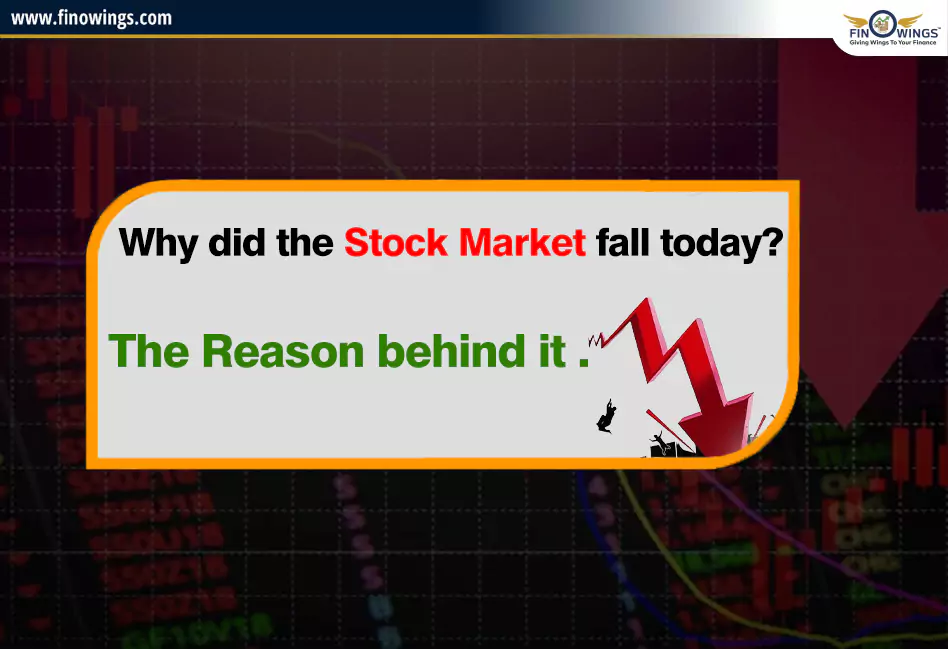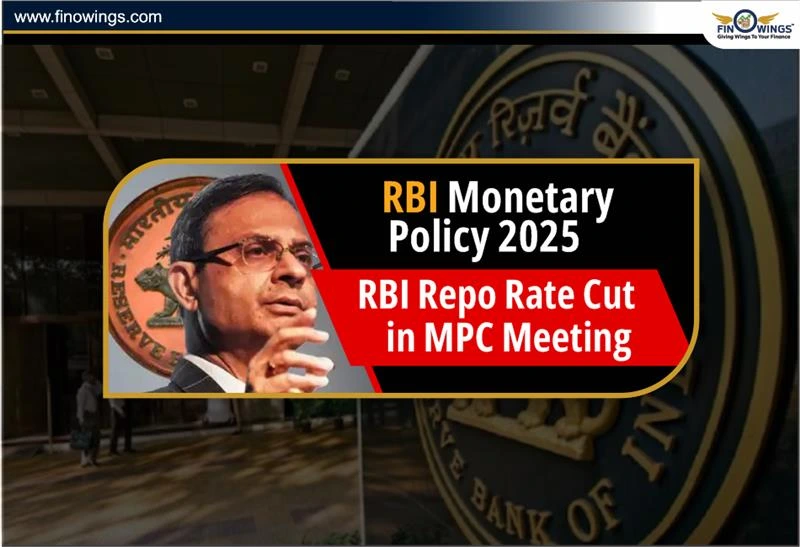Home >> Blog >> Why did the stock market fall today? | The Reason behind it
Why did the stock market fall today? | The Reason behind it

Table of Contents
Stock Market Fall: Key Reasons Behind the Decline
The latest fall witnessed by the Indian stock market has raised alarms for investors across the globe. With Nifty contracting somewhere around 7% from the peak of an all-time high and the BSE index wipe out more than ₹11 lakh crores worth of market capitalization within a span of two days, portfolios have largely turned red. The present essay highlights five main reasons which account for the fall of the market, with particular attention on factors, both external and internal, which have rendered the market more aggressive. Let's start:
Detailed Video
1. Over Valuations and Global Worries
Among other reasons for the fall in the market is the overvalued situation. There have been some reports from Goldman Sachs recently that the bull phase in the S&P 500 bull run is out and they assume growth of an average of 3 percent over the next 10 years. The S&P 500 is considered as overvalued on a global front on 19 out of 20 metrics including all the key metrics such as the CAPE ratio and the P/E ratios and even more, on a trailing twelve-month basis.
This feeling was also conveyed by David Rosenburg who is famous for being the founder of Rosenburg Research also being one of the people who foresaw the financial crash of the year 2008. It is these overvalued markets which have started to feed through to the Indian indices in a domino effect across the globe.
2. Increasing Non Farm Payrolls (NFP) Data in the US
One such NFP data, which represents the monthly measure of the job creation in the United States, is an important indicator for the state of the American economy. For the past several months, such an NFP data has usually shown a figure higher than consensus, which is suggestive of an economic overheat. This causes a concern as well as increases a high chances of inflation.
3. FII selling pressure
Foreign Institutional Investors (FIIs) have over the years been great contributors to the Indian equity markets and especially the Nifty 50 stocks. Currently, however, there has been huge offloading of the FIIs only for history to show that whenever institutions offload stocks at scale, there is usually bearish returns on markets.
The current year has also recorded some of the highest amounts of selling. This has raised red flags again. Massive outflows by FIIs have led to corrections in the market which in turn brought the indexes down and led to a panic sale of the retail investors.
4. Increasing Unrealised Losses in the US Banking Industry
Increasing unrealised losses in the US banking sector have also been one of the most significant reasons for the slowdown in the global economy. The losses now stand at a staggering seven times the levels which were experienced during the global financial meltdown in 2008.
On top of that, the amount of US debt has also reached a breath-taking level as the country spends an approximate $3 billion in dollar terms on interest repayments on a daily basis.
This debt burden does not bode well for the largest economy in the world and raises concerns over the possibility of a recession, something that affects the markets everywhere in the world including India.
5. Indian Midcap Stocks:
Indian midcap stocks on the other hand have faced relentless selling by investors. Just around the all time highs the nifty midcap index fell with many stocks more than fifty percent off their highest levels. Only 20 out of all the stocks which got to their peak have been able to get back into positive growth while most have gone back negative. This refers to a general pessimism and selling spree against midcap stocks which upsets and drags the entire market.
And such fluctuations of domestic variables such as the dollar-rupee or the rise in functional commodities have contributed to the overall contraction of the market as well. Certainly these are not the only explanations but they add weight to the already present adverse conditions. The devaluation of the rupee has rendered imports expensive for the import-dependent companies now. The unstable aggregate profit levels have also been worsened by the unexpected volatility in the commodity prices.
Conclusion
Major global and local factors have been responsible for the decline in the market and as noted high valuations, raising US interest rates, great exit from FII and the banking sector woes have been decisive in this case.
Despite the resilience of Indian markets, the US and other major economies’ challenges cannot be ignored because of the global economy’s interdependence.
From investors’ perspective, one must be abreast of these factors and exercise caution in executing portfolio investments. Such periods of volatility, in my opinion, may extend for some time, and knowing the reasons can assist in weathering such storms.
Do not miss any further developments on the trends of the international and Indian markets and ensure that you follow the trends cautiously.
Over Valuations and Global Worries

















